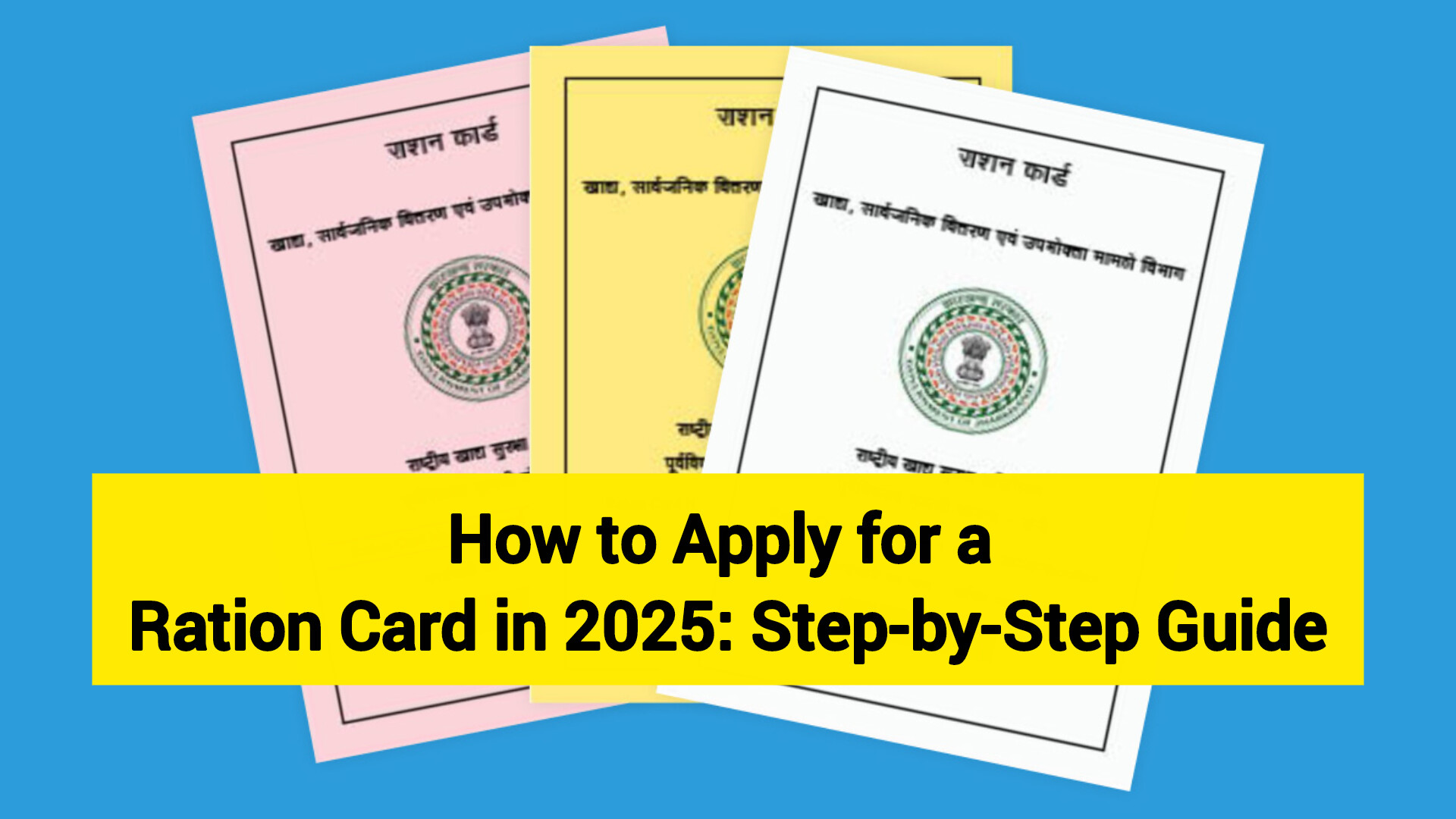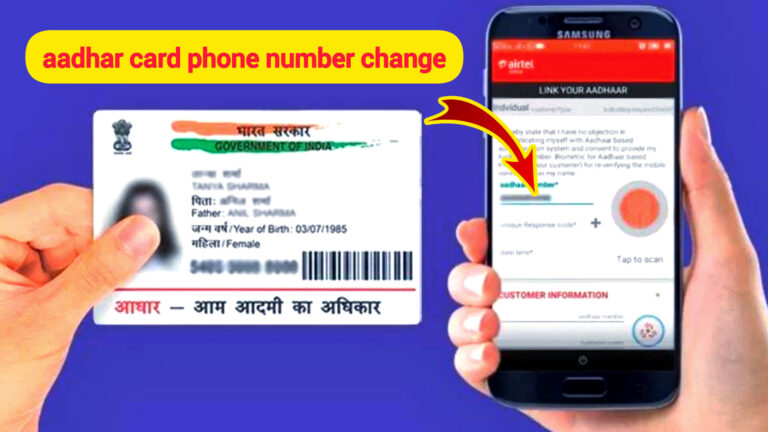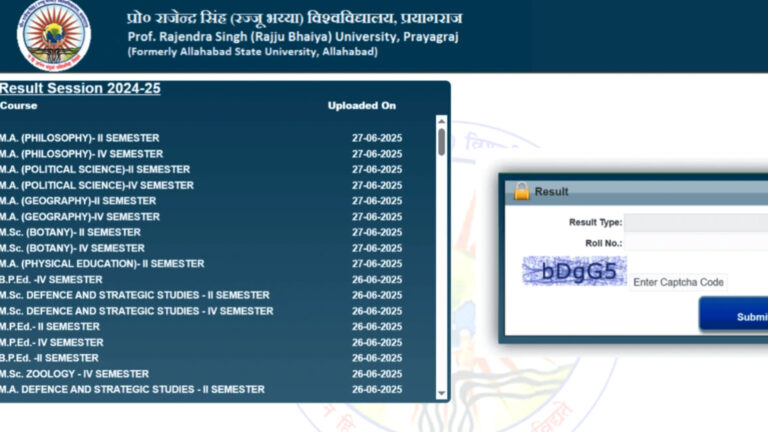
How to Apply for a Ration Card in 2025: Step-by-Step Guide
Key Points
- Applying for a ration card in 2025 can be done online or offline, depending on your preference and state guidelines.
- The process involves submitting an application with required documents like identity proof, residence proof, and income certificate.
- Verification typically takes up to 30 days, and a small fee may apply, varying by state.
- State-specific portals provide detailed instructions, and the “One Nation One Ration Card” scheme allows usage across India.
Online Application
To apply online, visit your state’s official food and civil supplies portal (e.g., Karnataka portal), create an account, fill out the form, upload documents, and submit for verification.
Offline Application
For offline application, visit your nearest ration shop, collect the form, fill it out with required documents, and submit it to get a reference number for tracking.
Required Documents
Ensure you have:
- Completed application form
- Identity proof (e.g., Aadhaar, voter ID)
- Residence proof (e.g., electricity bill, rental agreement)
- Income certificate
- Photograph of the family head
- Old ration card (if applicable)
Survey Note: Detailed Guide on Applying for a Ration Card in 2025
This comprehensive guide provides an in-depth look at the process of applying for a ration card in India as of July 18, 2025, based on the latest available information. Ration cards, issued under the National Food Security Act (NFSA), serve as both identity proof and a means to access subsidized food grains through the Public Distribution System (PDS). The process can vary by state, but the following details offer a general framework, supplemented by state-specific resources.
Background and Context
Ration cards are essential documents for many Indian households, particularly those in lower income brackets, enabling them to purchase subsidized food grains. As of 2025, the system includes various types of cards, such as Antyodaya Anna Yojana (AAY), Priority Household (PHH), Below Poverty Line (BPL), and Above Poverty Line (APL), with some states also offering temporary or seasonal cards. The “One Nation One Ration Card” scheme, implemented by the central government, allows cardholders to access benefits anywhere in India, which is particularly beneficial for migrant workers and those who travel frequently for work.
The application process is managed by respective state governments or union territory administrations under the NFSA, with online and offline options available. The information here is drawn from official government portals, such as the National Government Services Portal, ClearTax, and the NFSA website, all updated within the last few months, ensuring relevance for 2025.
Application Process: Online and Offline Methods
The application process can be completed either online or offline, depending on your access to digital resources and preference. Below, we detail both methods, based on recent guidelines.
Online Application Process
The online method is increasingly preferred for its convenience and ability to track application status. Here’s how to proceed:
- Visit the State Portal: Navigate to your state’s Department of Food, Supplies, and Consumer Affairs website. A list of state-wise portals is provided later in this guide, for example, Andhra Pradesh portal.
- Account Creation: Register on the portal by providing basic details such as name, contact information, and possibly Aadhaar number, then log in.
- Locate the Application Section: Look for the “e-services” or “New Ration Card” option, often found under citizen services.
- Fill Out the Form: Complete the online application form, ensuring all details are accurate. This typically includes personal information, family details, and income status.
- Upload Documents: Upload scanned copies of required documents, such as identity proof, residence proof, and income certificate. Ensure files meet the portal’s format and size requirements.
- Submission and Tracking: Submit the application and note the reference number provided. You can track the status online, often via a link like ration card status check.
Offline Application Process
For those without easy access to the internet, the offline method remains viable:
- Visit a Ration Shop: Go to your nearest ration card shop or fair price shop, which are authorized to distribute application forms.
- Obtain the Form: Collect the physical application form, available free of charge or for a nominal fee.
- Fill Out the Form: Complete the form with all required details, ensuring legibility. Attach photocopies of necessary documents.
- Submission: Submit the filled form and documents to the shop official. You will receive a reference number for tracking purposes.
- Follow-Up: Use the reference number to check the status at the shop or through designated offline channels, if available.
Verification and Timeline
Post-submission, your application undergoes verification, which includes an inspection of the provided details and possibly a home visit by authorities. According to recent guidelines, this verification must be completed within 30 days from the date of submission, ensuring timely processing. Delays may occur due to high application volumes or incomplete documentation, so it’s advisable to ensure all details are correct at the time of submission.
Required Documents
To apply, you’ll need to provide several documents to verify your identity, residence, and economic status. The following list is based on common requirements across states:
- Completed Application Form: Ensure it is signed by the head of the family.
- Identity Proof: Acceptable documents include Election photo ID card, Driving license, Passport, or any government-issued ID like Aadhaar.
- Residence Proof: Documents such as Electricity bill, Telephone bill, Latest LPG receipt, Bank Pass Book, or Rental agreement/rent paid receipt are typically accepted.
- Income Certificate: This is crucial to determine eligibility under categories like BPL or PHH, and can be obtained from local revenue authorities.
- Photograph: A recent photograph of the head of the family is required, often in passport size.
- Old Ration Card: If you had a previous card that was cancelled or surrendered, provide it for reference.
Note that some states may have additional requirements, so checking the state portal is recommended.
Application Fee
A basic minimum fee is required for processing, though the exact amount varies by state and is not specified in general guidelines. This fee is typically nominal, aimed at covering administrative costs, and can be paid online during the application process or at the ration shop for offline applications.
State-Wise Official Portals
Given the decentralized nature of ration card issuance, each state or union territory has its own portal for applications. Below is a table of state-wise official portals, updated as of recent records:
| State/Union Territory | Official Portal |
|---|---|
| Andaman and Nicobar Islands | https://dcsca.andaman.gov.in |
| Andhra Pradesh | https://civilsupplies.ap.gov.in/ |
| Arunachal Pradesh | http://www.arunfcsgov.in |
| Bihar | http://sfc.bihar.gov.in |
| Chandigarh | https://chdfood.gov.in/ |
| Chhattisgarh | http://khadya.cg.nic.in/ |
| Dadra and Nagar Haveli | http://fcs.dnh.nic.in/ |
| Delhi | https://nfs.delhi.gov.in/ |
| Goa | https://www.goacivilsupplies.gov.in/ |
| Gujarat | https://fcsca.gujarat.gov.in/ |
| Haryana | https://epds.haryanafood.gov.in/ |
| Himachal Pradesh | https://food.hp.nic.in/ |
| Jammu and Kashmir | https://rcms.jk.gov.in/ |
| Jharkhand | https://aahar.jharkhand.gov.in/ |
| Karnataka | https://ahara.karnataka.gov.in |
| Kerala | http://civilsupplieskerala.gov.in/ |
| Lakshadweep | https://lakpds.gov.in/ |
| Madhya Pradesh | http://www.food.mp.gov.in |
| Maharashtra | https://rcms.mahafood.gov.in/ |
| Manipur | https://rcmsmanipur.nic.in/ |
| Meghalaya | https://megrcms.nic.in/ |
| Mizoram | https://rcmsmz.nic.in/ |
| Odisha | http://www.foododisha.in/ |
| Puducherry | http://dcsca.py.gov.in/ |
| Punjab | https://ercms.punjab.gov.in/ |
This table ensures you can access the correct portal for your state, facilitating a smoother application process.
Additional Considerations
The ration card system has seen updates in recent years, including the integration with Aadhaar for better service delivery and fraud prevention, as noted in general references. The NFSA, passed in 2013, mandates states to identify eligible households and issue cards, with categories like PHH entitled to 5 kg of food grain per member per month, and AAY households to 35 kg per month. These details, while not directly part of the application process, provide context for why applying is beneficial.
It’s also worth noting that while the process is generally straightforward, some states may have additional eligibility criteria, such as income thresholds (e.g., Assam requiring annual family income less than Rs.4,00,000 for new applicants under NFSA). Checking state-specific guidelines, as provided in the portals, is crucial for a successful application.
This guide, compiled from sources like the National Government Services Portal (updated May 6, 2025), ClearTax (updated June 9, 2025), and NFSA (updated July 16, 2025), ensures you have the most current information to apply for your ration card in 2025, supporting your access to essential subsidized food grains.







